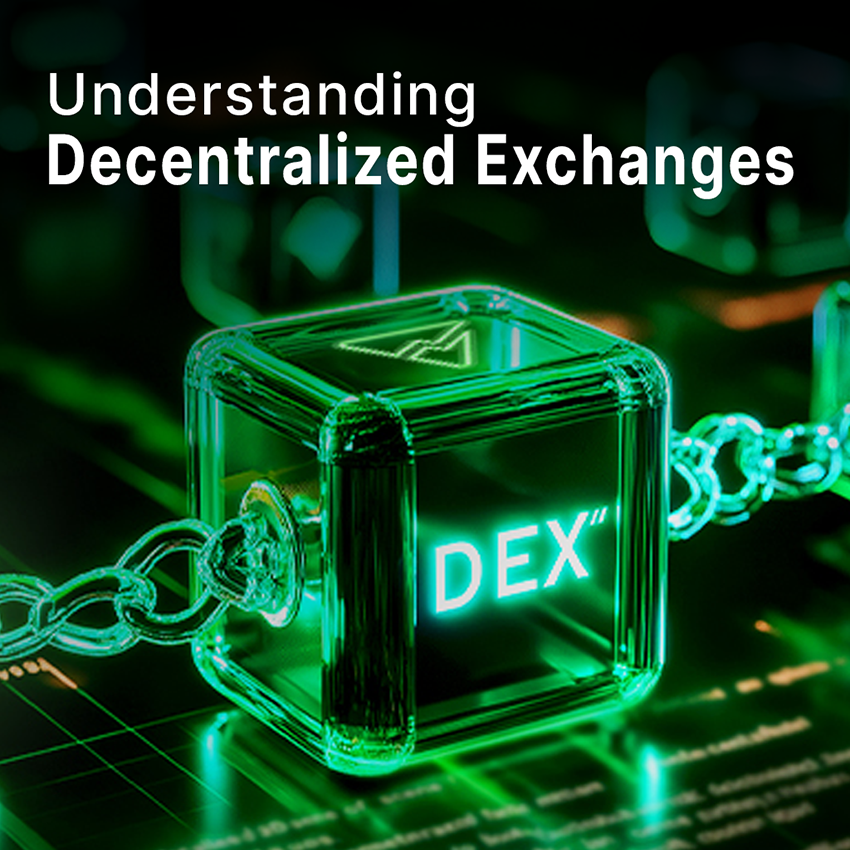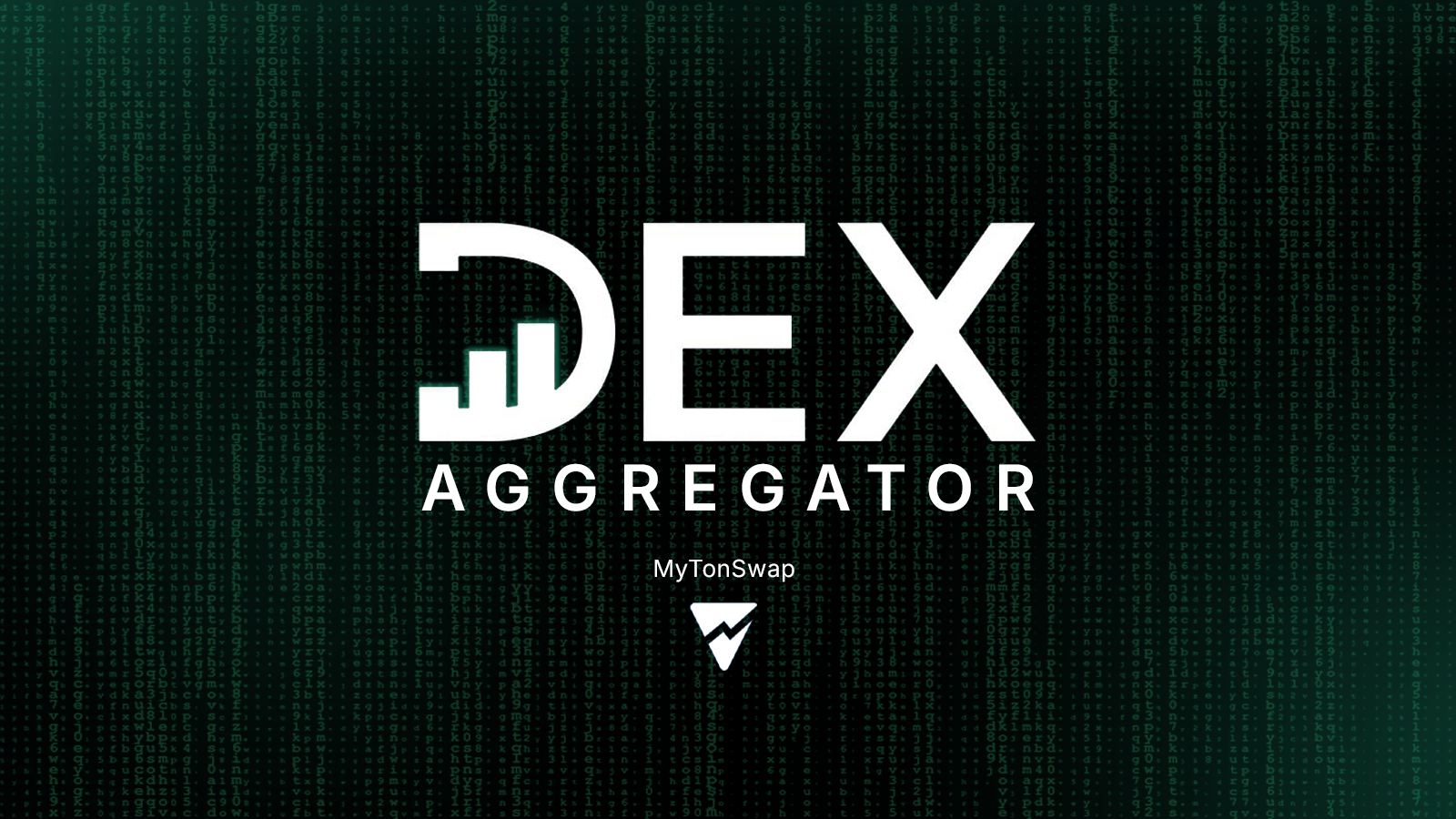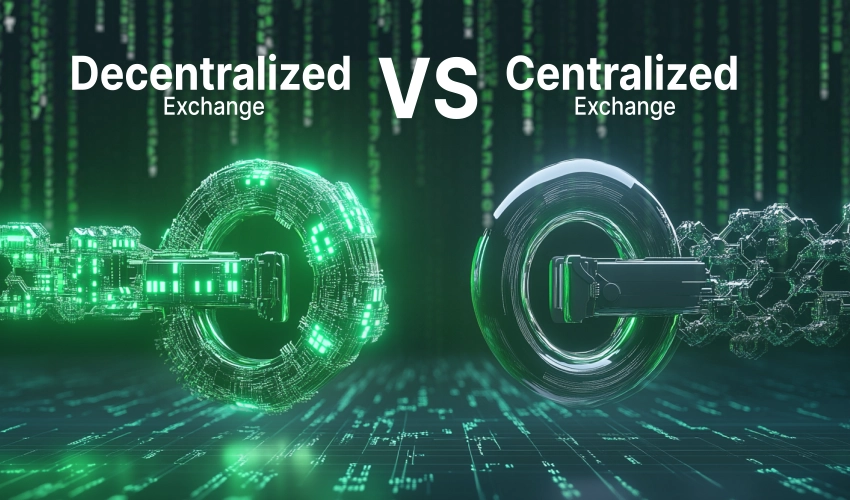
What are Stablecoins, and How Do They Work?
In the world of cryptocurrencies, stablecoins have emerged as a practical solution for those who want the benefits of digital assets without constant price fluctuations. But what exactly are stablecoins, and how do they work? In this article, we’ll explore the basics of stablecoins, their different types, and how they’re used in the cryptocurrency ecosystem.
What Are Stablecoins?
A stablecoin is a type of cryptocurrency designed to maintain a steady value, typically pegged to a stable asset like the U.S. dollar, gold, or even a basket of various assets. The idea is to provide the convenience and efficiency of digital currency while avoiding the extreme price swings associated with many cryptocurrencies like Bitcoin and Ethereum.
For example, a stablecoin pegged to the U.S. dollar aims to keep its value close to $1, making it useful for everyday transactions, remittances, and as a safe haven during periods of market volatility.
How Do Stablecoins Work?
Stablecoins achieve their stability by being backed by different types of reserves or by using algorithms. Here’s how they’re categorized:
1. Fiat-Collateralized Stablecoins
Fiat-collateralized stablecoins are backed by traditional currencies such as the U.S. dollar, euro, or yen. For every stablecoin issued, there is an equivalent amount of fiat currency held in reserve by the issuer.
- Example: Tether (USDT) and USD Coin (USDC) are two popular stablecoins that are pegged to the U.S. dollar. For each USDT or USDC in circulation, there’s $1 held in reserve, providing a simple 1:1 backing.
This approach ensures that holders can redeem their stablecoins for fiat currency at a 1:1 ratio, maintaining the coin’s stable value.
2. Crypto-Collateralized Stablecoins
Crypto-collateralized stablecoins are backed by other cryptocurrencies rather than fiat currency. They work a bit differently to maintain their peg since the backing assets themselves can be volatile. To counter this, crypto-collateralized stablecoins are often overcollateralized, meaning they hold more than a 1:1 reserve of the backing cryptocurrency to cover potential price drops.
- Example: DAI, a stablecoin from the MakerDAO platform, is backed by Ethereum and other cryptocurrencies. If DAI is pegged to $1, the reserves backing it might be worth $1.50 to account for the possible fluctuations in the price of ETH.
3. Algorithmic Stablecoins
Algorithmic stablecoins use algorithms and smart contracts to control the supply and demand of the token, maintaining its peg to the target value. These stablecoins are not backed by any collateral; instead, they adjust the token supply based on the price fluctuations.
- Example: An algorithmic stablecoin may reduce the number of tokens in circulation if the price drops below the target or increase supply if the price rises above the target.
These stablecoins are seen as innovative but can sometimes be more susceptible to losing their peg due to unpredictable market behaviors.
Why Are Stablecoins Important for DEXs and Crypto Users?
Stablecoins offer significant utility in the cryptocurrency world, particularly for decentralized exchanges (DEXs) and DEX aggregators. Here are some of the main reasons why stablecoins are so valuable:
- Reduced Volatility for Trading: Stablecoins allow traders to move funds between different assets without the risk of losing value to market volatility.
- Easier Access to Crypto Markets: By converting fiat currency into stablecoins, users can access decentralized markets without needing a bank or centralized exchange for every transaction.
- Enhanced DeFi Opportunities: Stablecoins are widely used in decentralized finance (DeFi) for lending, borrowing, and yield farming, as they maintain their value over time.
- Cross-Border Transactions: Stablecoins provide a fast, low-cost way to send funds globally without the need for traditional banks or currency conversions.
Risks Associated with Stablecoins
Although stablecoins are designed to be stable, they aren’t entirely without risks. Here are some of the challenges and risks associated with them:
- Trust in Issuers: Fiat-collateralized stablecoins require trust in the issuer to maintain sufficient reserves, and some users may be concerned about transparency.
- Volatility in Collateral: Crypto-collateralized stablecoins are only as stable as the assets backing them. If the underlying assets experience extreme price drops, it could impact the stablecoin’s stability.
- Regulatory Concerns: Stablecoins face increasing regulatory scrutiny, as authorities worldwide are interested in how they could impact traditional financial systems.
Conclusion
Stablecoins play a vital role in the crypto ecosystem, offering a bridge between the stability of traditional finance and the innovation of decentralized finance. They allow users to transact, save, and participate in DeFi with minimal exposure to the volatility that characterizes most cryptocurrencies. As the use of decentralized exchanges (DEXs) and other crypto applications grows, stablecoins are likely to remain a crucial component of the digital finance landscape, giving users a stable option in a rapidly evolving market.




